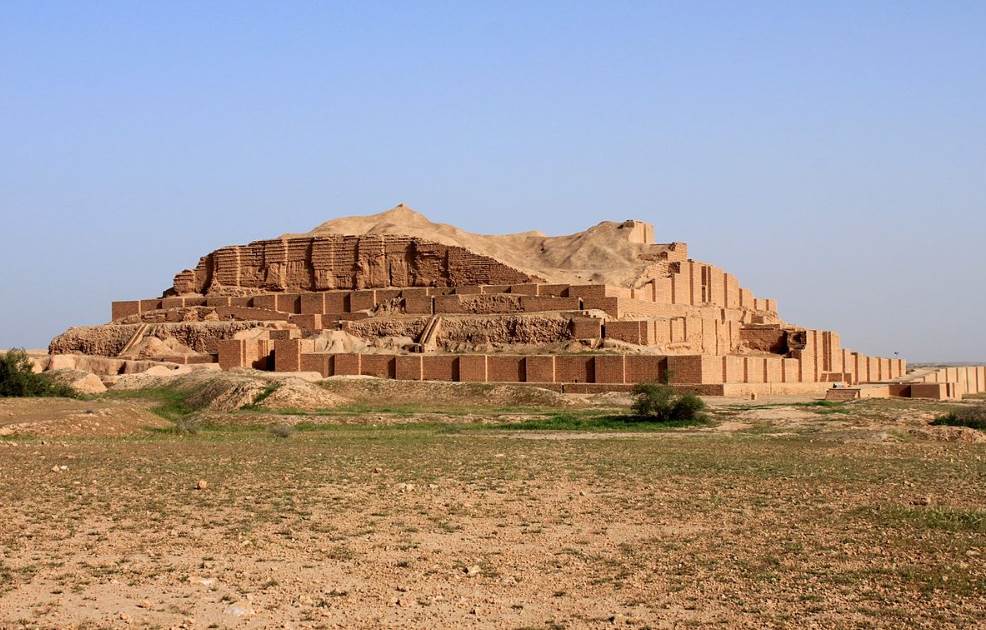When we think about Mesopotamian architecture, the first thing that comes to mind is the ziggurat.
In a sense, they resemble the ancient Egyptian Pyramids that were constructed, except that they featured terraced stories.
The highest point of these structures was believed to be inhabited by the Gods, so they served a devotional purpose in Mesopotamian society.
In this article, you’ll discover some of the most interesting facts about Chogha Zanbil, one of the few surviving ziggurats that allow us to understand life in the cradle of civilization.
1. It’s located in the Khuzestan province in the western part of Iran
Chogha Zanbil is the name of an ancient Mesopotamian complex that is located in the utmost western part of Iran.
It’s situated within the Khuzestan province, one of the 31 Iranian provinces, which borders Iraq to the west and the Persian Gulf to the south.
Two of the closest major cities in the region are Dezful to the north and Ahvaz to the south. The latter of the province’s capital and is situated about 80 kilometers (50 miles) to the south.
It’s not the only ancient complex in the region because Susa, the former capital of Elam and the Achaemenid Empire, is located about 30 kilometers (19 miles) to the northwest.
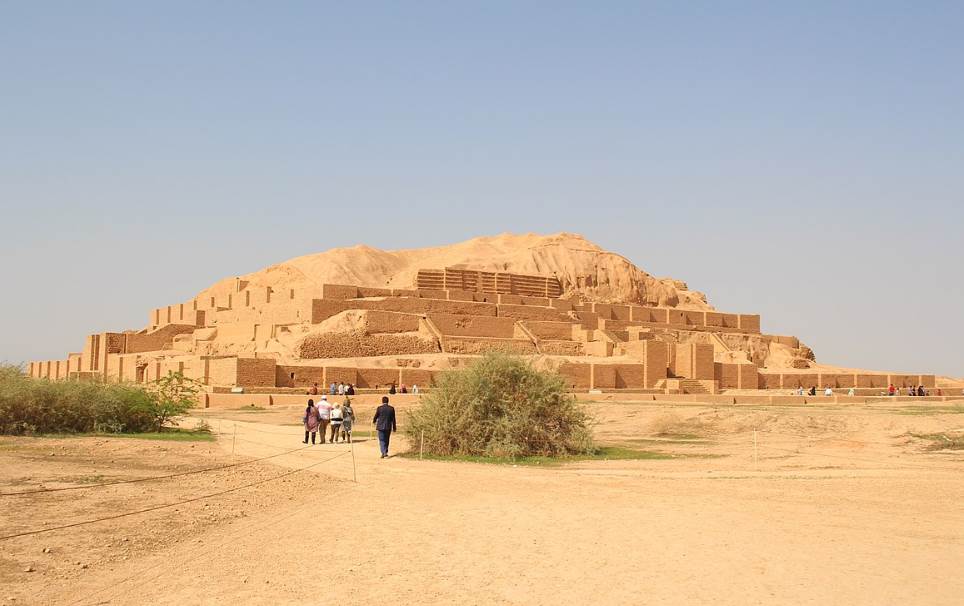
2. It’s one of the few ziggurats that was constructed outside of Mesopotamia
Ziggurats are the most distinctive feats of the architecture of Mesopotamia, the historic region between the Euphrates and Tigris Rivers.
Although Chogha Zanbil features a ziggurat that is considered to be Mesopotamian architecture, it’s technically not located within this historic region.
It was situated within the Kingdom of Elam, an ancient civilization that comprised the entire western and southwestern part of modern-day Iran.
In classical antiquity, Elam was known as Susiana, a reference to its capital city Susa. It was among the most powerful kingdoms in the region and existed between 3200 and 539 B.C.
It was later absorbed by the Persian Achaemenid Empire which became the largest empire in the world under Darius I (522 BC–486 BC).
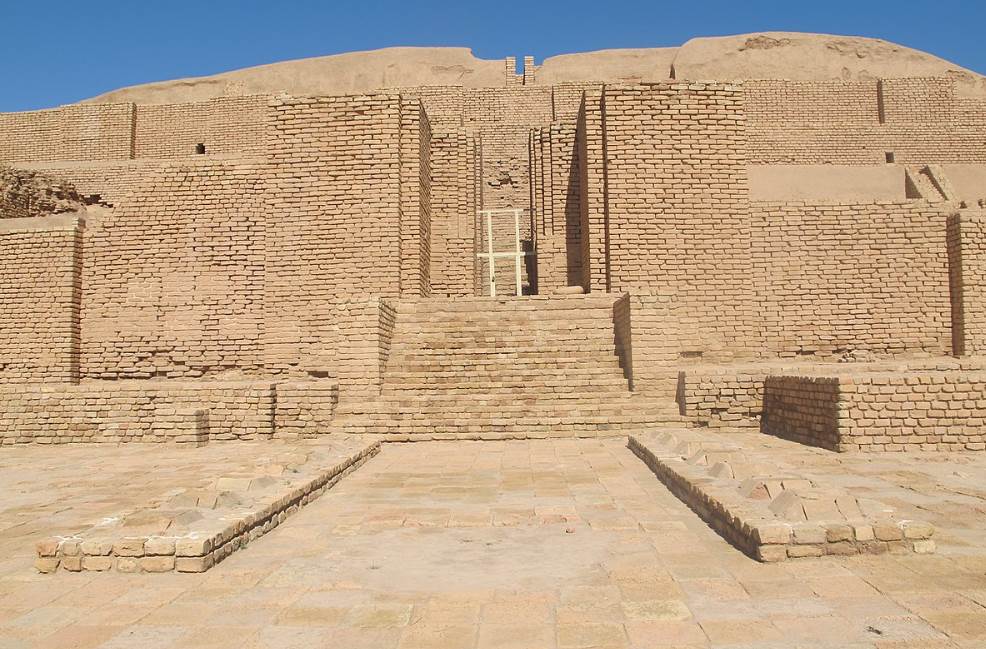
3. It was constructed in the 13th century B.C. by the King of Elam
The ziggurat of Chogha Zanbil was constructed nearly a millennium before the Achaemenid Empire was conquered by Alexander the Great in 330 B.C.
It was commissioned by the Elam King Untash-Napirisha and probably completed around 1250 B.C. He was one of the greatest builders at the time as he left behind a legacy of about 50 temples and other structures.
He left behind many markers to identify himself as well. A plaque on display at the British Museum bears an inscription that reads “Palace of Untash-Napirisha, King of Elam.”
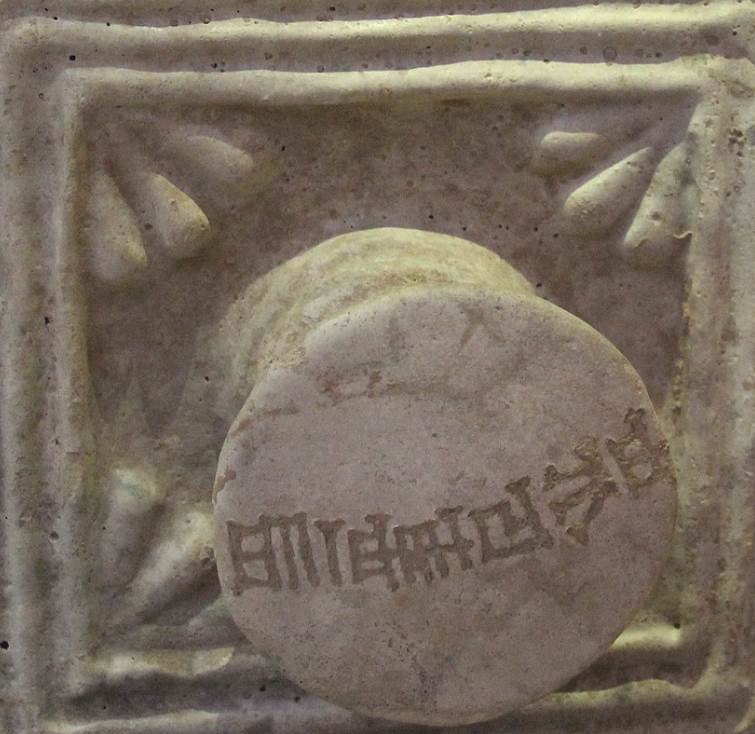
4. It remains uncertain whether the ziggurat was the centerpiece of an ancient town
The name “Chogha Zanbil” translates to “Basket Mound,” ” but this wasn’t the original name of the complex.
During the reign of king Untash-Napirisha, it was known as “Dur Untash” which translates to “Town of Untash.”
Historians aren’t convinced that the enormous complex served as an actual town where people lived. One theory suggests that it served as a religious center dedicated to the main Elmiate god Inshushinak.
Like just about every other ziggurat, the top floor featured a sanctuary that was dedicated to the gods these people worshipped.
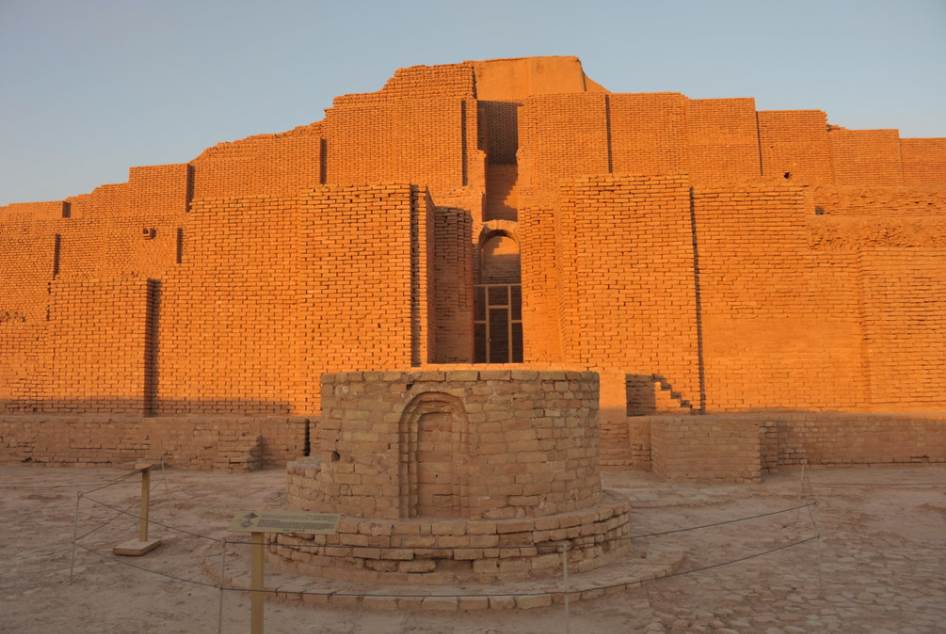
5. The large complex consisted of a lot more than the ziggurat
Did the Elam king try to move the religious capital of his kingdom from Susa to this location?
There seem to be a lot of indications that this was the case. The most important proof is that the ziggurat was surrounded by three concentric walls.
These didn’t just protect the ziggurat, the centerpiece of the complex, but also the 20 temples that were constructed here.
While the ziggurat was dedicated to the main Elma god, the temples were dedicated to a large number of smaller deities.
The idea behind moving the religious center of the kingdom to this location was to unite the highland and lowland gods that were worshipped at the time, something that wasn’t possible in Susa.
Unfortunately, the king’s grand plan was never realized and many of the temples weren’t finished. Thousands of unused bricks were in the area.
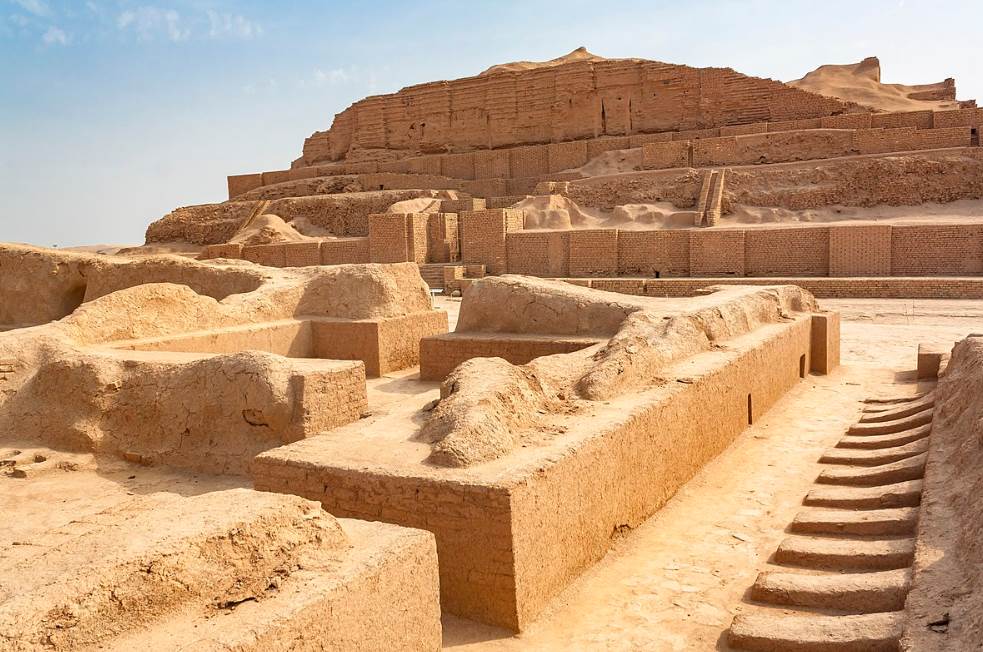
6. How big is the Ziggurat of Chogha Zanbil
The ziggurat was constructed on top of an even older square temple that once stood here. It takes up the entire inner courtyard of the 3 concentric walls that encircle the complex.
The ziggurat at Chogha Zanbil is a square building that had sides with a length of 105.2 meters (345 feet) and a height of 53 meters (174 feet).
The building was constructed using mud bricks which were faced with baked bricks, the most common building materials in the 13th century B.C.
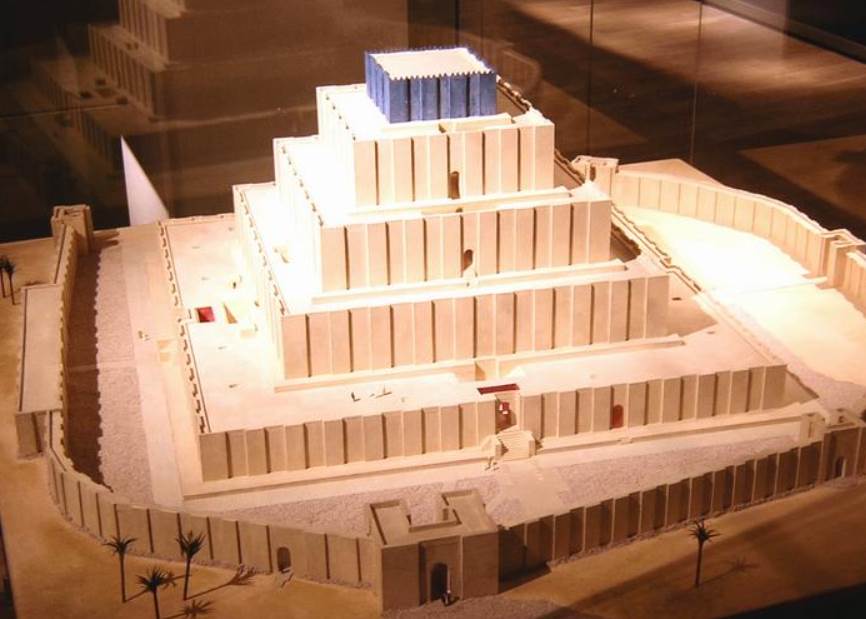
7. It’s in good condition although it only reaches half its original height
The stepped building featured 5 floors and the top floor served as the main sanctuary. Today, the ziggurat doesn’t reach half its height as during its heydays.
The upper floors have been damaged by thousands of years of erosion which means that the building only stands 24.75 meters (81.2 feet) tall today.
Regardless of this, the lower floors are in pretty good condition compared to other ziggurats. The Great Ziggurat of Ur, for example, was completely restored and this isn’t the case with this one.
The entrance gate still stands and the brickwork of the lower floors provides great insight into the building techniques of almost 3,300 years ago!
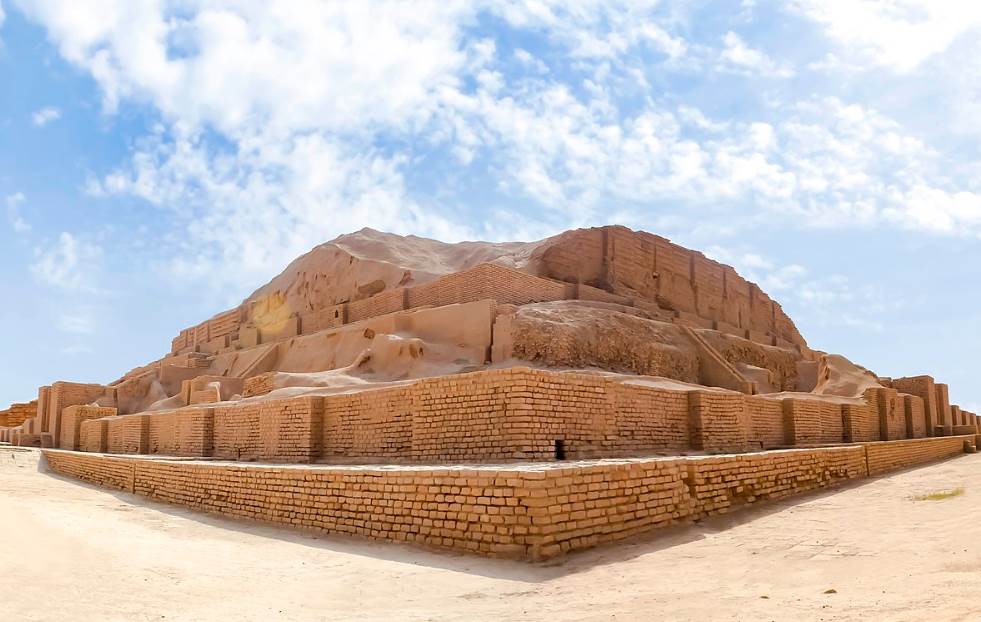
8. It was the first Iranian site to be designated a UNESCO site in the late 1970s
The incredible historic value of this ancient complex was recognized by UNESCO and Chogha Zanbil was inscribed as a World Heritage site back in 1979.
It was the first site in Iran to be designated as such and that’s because:
The Ziggurat of Chogha Zanbil is the best-preserved monument of this type and the largest outside of Mesopotamia.
